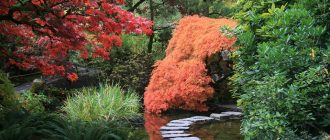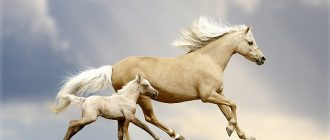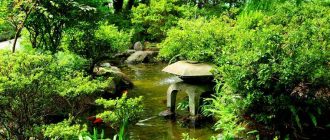Interested in landscape paintings from Japan? Want to know how they differ to western landscape art? Get in depth information regarding Japanese art landscape as we take a deeper look into the trend.
Out of all the different mediums through which the Japanese have sought to express themselves, painting is by far the most popular. The history of painting goes back to the ancient times of Japan. Over the course of the years we find that almost all Japanese people have tried their hand at this form of art from amateurs to professionals.
One of the things that gave the Japanese an edge for painting was the fact that they used brushes for the purpose of writing up until relatively recently. This gave them the feel for different techniques of the paint brush which they could utilize to create and appreciate proper paintings.
The early years of Japanese paintings seemed to be heavily influenced by the paintings of their Chinese counterparts. This was primarily because China was far more advanced than Japan during those times. Over the years however many different schools of thought developed in Japan that revolved around their own styles and techniques.
The most prominent subject matter for Japanese paintings was landscape. Hence we find that an overwhelming majority of the paintings of the days gone by feature landscapes. Japanese landscape art clearly shows the ratio between man and his natural surroundings such as the sky, mountains and water bodies. Man was portrayed as insignificantly small in front of his natural surroundings.
Landscape Art & Nature
In Japan landscape is known as Sansui. The word San stands for mountains whereas the word Sui means water. You will find that the majority of the landscape paintings from Japan actually portray mountains with water flowing out of them. Only occasionally would you find the sun or the moon to be depicted in Japanese landscape paintings. They would be shown as part of the natural truths that was the basis of the scenery.
The Japanese are known to possess a deep love for nature. The landscape art clearly reflects the desire of the Japanese people to become one with nature. Unlike the traditional western landscape paintings Japanese landscape art is not about isolated themes. Rather the Japanese artists seek to put forward a universal idea through landscape art.
For the Japanese people landscape art had deep philosophical groundings. Thus every composition had certain symbolic and moral connotations for the Japanese. Nature to the Japanese was one part of the cosmic whole and this was the essence that they sought to capture in their art.
On observation we find that landscape art has been made through a wide variety of media overtime. Enakimono is one of the techniques used by landscape artists which involved putting single sheets together in order to form a roll. This form is one of the oldest mediums of landscape paintings.
Kakemonos are vertical scrolls that were popular during the Edo period in Japan. They were used to adorn the interior walls of homes. One of the most popular mediums of landscape paintings was that of folding screens known as Byobu. Other popular mediums which were used for the purpose of creating landscape art are sliding doors known as Fasuma and the Japanese fan known as Uchiwa.<





